Pickering Pasture Local Nature Reserve runs along the banks of the River Mersey near Widnes. Historically it was Hale Marsh, then it was a waste tip from the 1940s to the 1960s, then it was cleaned up and restored by Halton Council in 1982. It was opened to the public in 1986 and became a Local Nature reserve in 1991. From the riverside walk there are excellent views of the old and new Widnes-Runcorn bridges.
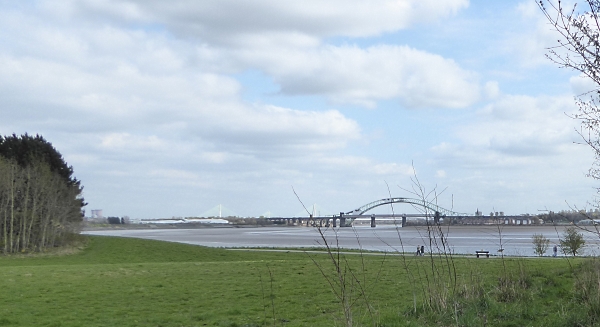
As we walked down Mersey View Road we remembered that there is a fruit tree overhanging the industrial fencing, which drops sticky plums or damsons onto the pavement in autumn. This must be its blossom, but if you didn’t know, you wouldn’t expect autumn fruit from these generic white flowers.
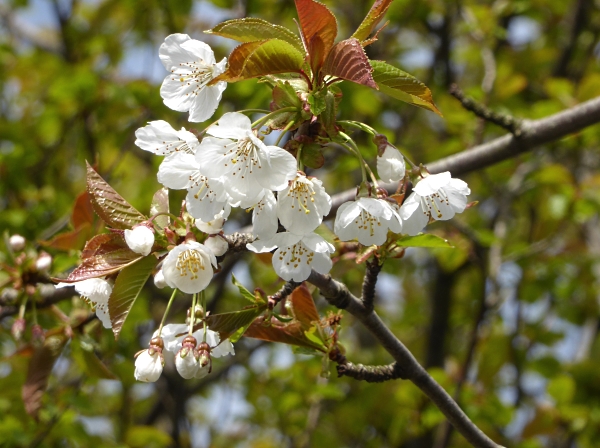
A mass of the fertile stems of Horsetail Equisetum arvense was pushing up through the concrete sidewalk.
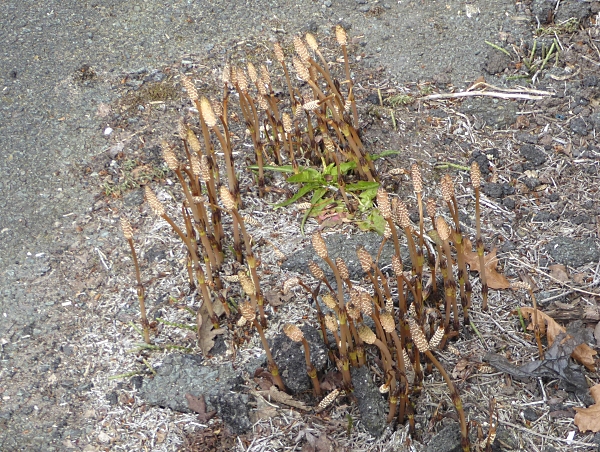
On the island in the car park is a Grey Alder tree, the only one I know. They are often grown on old tips, where they do well. It was probably planted here in 1982 so is approaching 40 years old. There is a splendid display of Daffodils around the Visitors’ Centre and both Goldfinches and Long-tailed Tits were flitting about in the trees. As we walked south westwards along the river bank we spotted Canada Geese and Cormorants flying over the water and Shelduck on the mid-river sandbank. The wildflower bank had hundreds of Cowslips just going over. On the way into the bird hide at the southern end I looked for the Spindle trees, which are easy to recognise in the autumn by their distinctively-shaped red fruits, but what do they look like now? Not very exciting – plain little leaves and small bunches of flower buds.
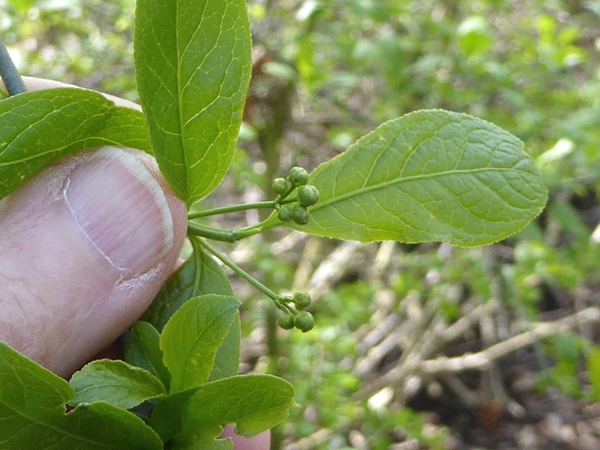
From the hide there is a view over a pool, the marsh, and on to the Duck Decoy about half a mile away, now surrounded by bright yellow fields of blooming oil seed rape (canola). There were the usual Canada Geese and Shelduck on the marsh, a Heron flew out to the river, and we spotted possible single Redshank and Lapwing in the distance. There were Robins and Wood Pigeons in the shrubbery, and a single shy Reed Bunting came to the bird table. Then two Little Egrets flew in and circled around. One went to the marsh and disappeared into a gully while the other landed in the pool and started hunting around the islands. It was hungry and seem to catch plenty of small mouthfuls of prey.
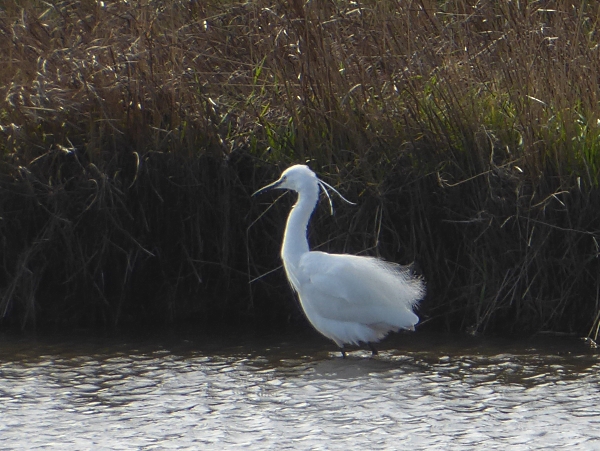
The United Utilities pathway around the sewage treatment plant is lined with Birch and Grey Poplar, the latter with their distinctive scalloped leaves still lying underfoot. They have no new leaves yet but are clothed in coarse green hairy catkins
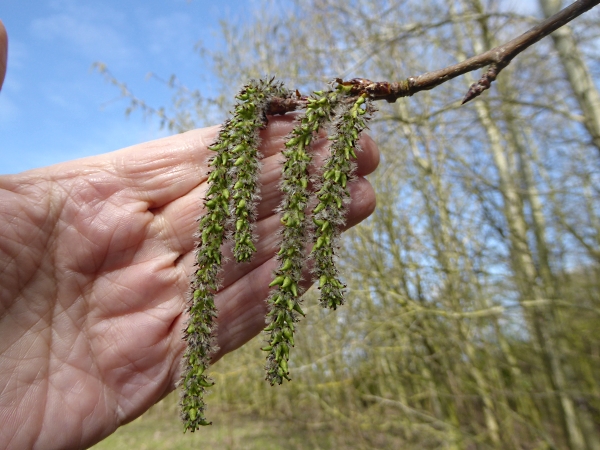
A twittering overhead drew our attention to three or four Siskins, which were after something in those same green catkins. Further along a Wood Pigeon sat on her shallow nest in some Hawthorn and eyed us suspiciously.
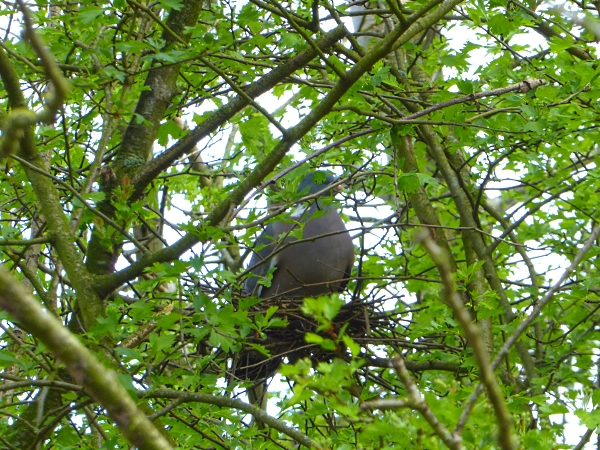
A lovely Blackthorn thicket was just going over, and was home to lots of insect life. The warm sunshine had brought out several native Seven-spot Ladybirds, various unidentified bumblebees and hoverflies and a Small White butterfly. On the other side of the path we glimpsed our first Speckled Wood butterfly.
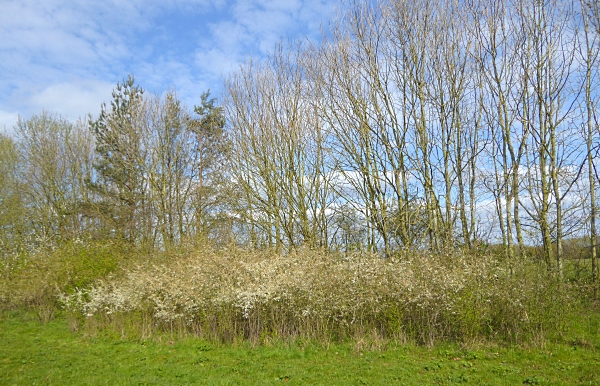
There is a stand of white trees near the west edge, opposite the Control Meadow, which I have previously identified as Aspens. Or are they? Could they be Grey Poplar? They are the only two tree species with those distinctive scalloped leaves. But they look like a suckering clone of identical trunks (which is what Aspen does) and the catkins are different from those of the Grey Poplar, redder and with grey hairs. I think its really Aspen, despite my second thoughts
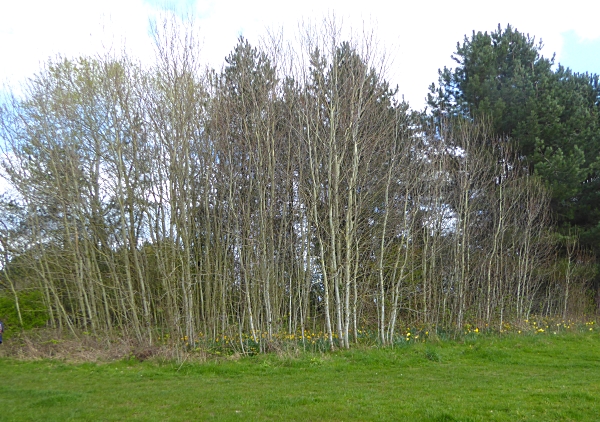
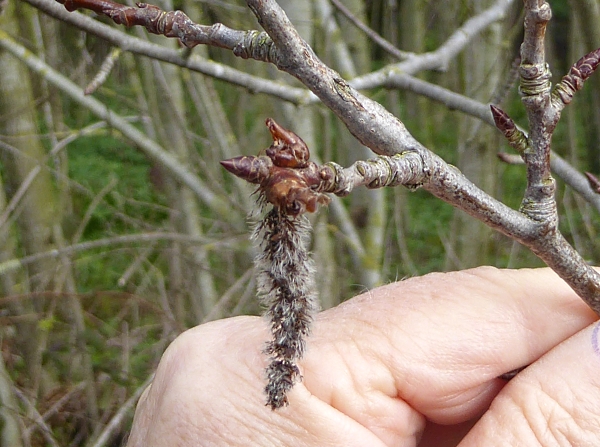
The Hawthorn leaves are out everywhere, and in one sunny south-facing spot were the first white buds and a few open flowers. They aren’t supposed to come out until May, and it isn’t even April yet! The first big flush of Dandelions is about a month early, too, probably triggered by that warm spell in February.
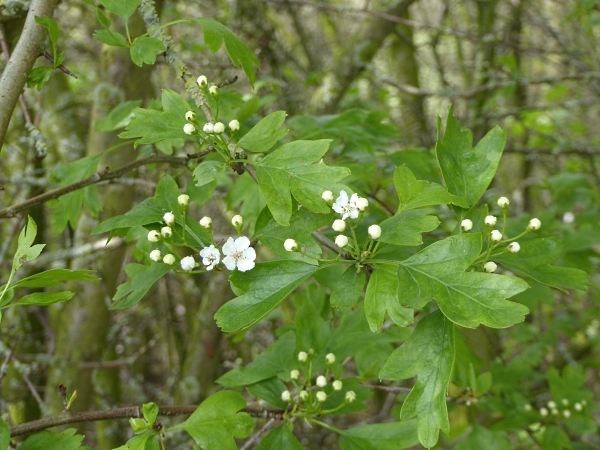
On the way back to the bus we spotted our first Ragwort and some Yellow Archangel by the bus stop. Some of the ornamental Crab Apples in gardens have wonderful red flowers just at the moment.
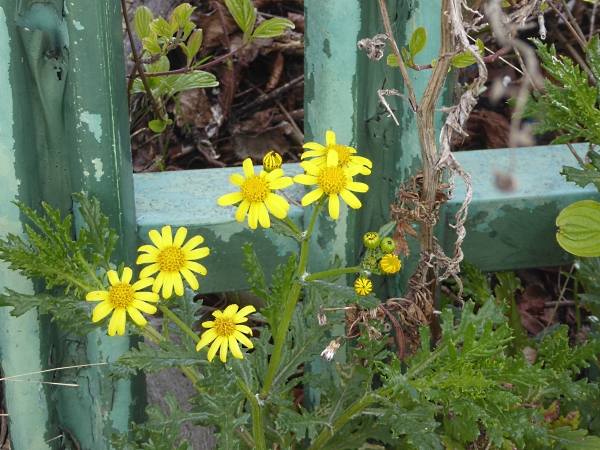
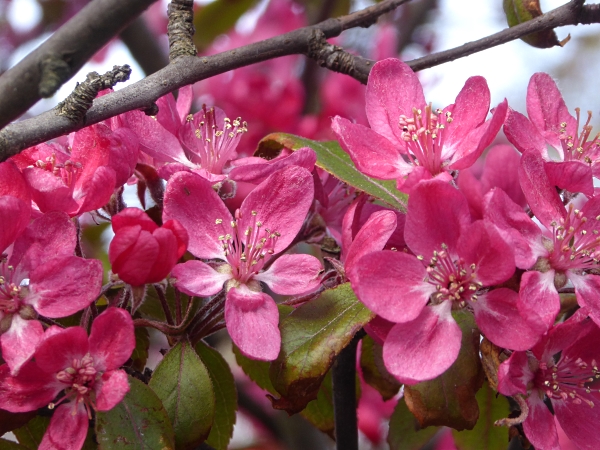
Public transport details: Bus 500 from Liverpool ONE bus station at 10.10, arriving Halebank / Mersey View at 10.55. Returned on the 500 bus from Halebank / Mersey View at 2.33, arriving Liverpool ONE bus station at 3.30.
